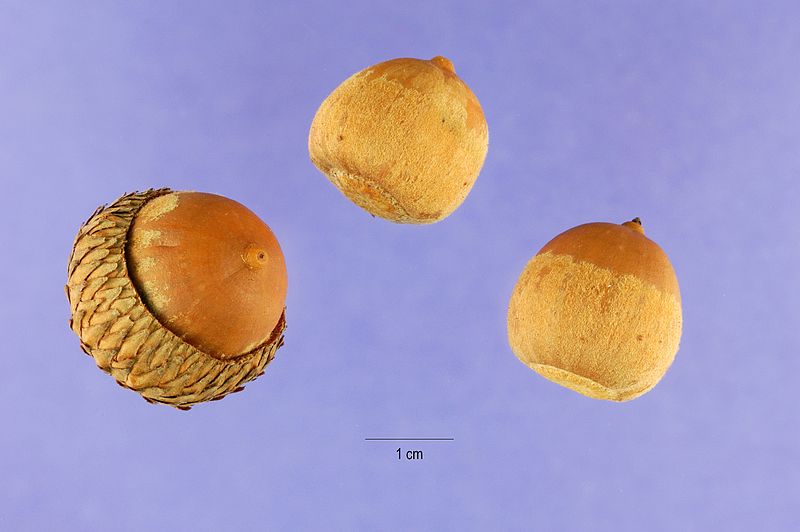In 2012 we reported on the acorn-mice phenomenon and it’s relationship with Borrelia burgdorferi-infected black-legged ticks described by Cary Institute disease ecologist Rick Ostfeld:

“We had a boom in acorns, followed by a boom in mice. And now, on the heels of one of the smallest acorn crops we’ve ever seen, the mouse population is crashing. This spring, there will be a lot of Borrelia burgdorferi-infected black-legged ticks in our forests looking for a blood meal. And instead of finding a white-footed mouse, they are going to find other mammals—like us.”
The predictions made by the Cary Institute are based on 20 years of field studies.
In an November radio interview, Ostfeld talked about what is happening now with acorn production and makes a dire prediction concerning Lyme disease in 2017. In the interview, Ostfeld says 2015 has been a “boom” in acorn production, or a “mast” year.
It’s what follows that people must be aware about as he explains: “The ticks that are emerging as larvae in August – just as the mice and chipmunks are reaching their population peaks – they have tons of excellent hosts to feed from. They survive well and they get infected with tick-borne pathogens. And that means that two years following a good acorn crop we see high abundance of infected ticks, which represents a risk of human exposure to tick borne disease.”
So if the cycle holds up like it has, 2017 might well be a bad year for Lyme disease in the Hudson Valley.
Related:
- Songbird tick may contribute to Lyme disease spread: Study
- Lyme Disease Task Force report: Recommendations for Pennsylvania
- Climate change’s effect on emerging diseases, Lyme disease


2 thoughts on “Lyme disease: Ecologist predicts 2017 a bad year in Hudson Valley”